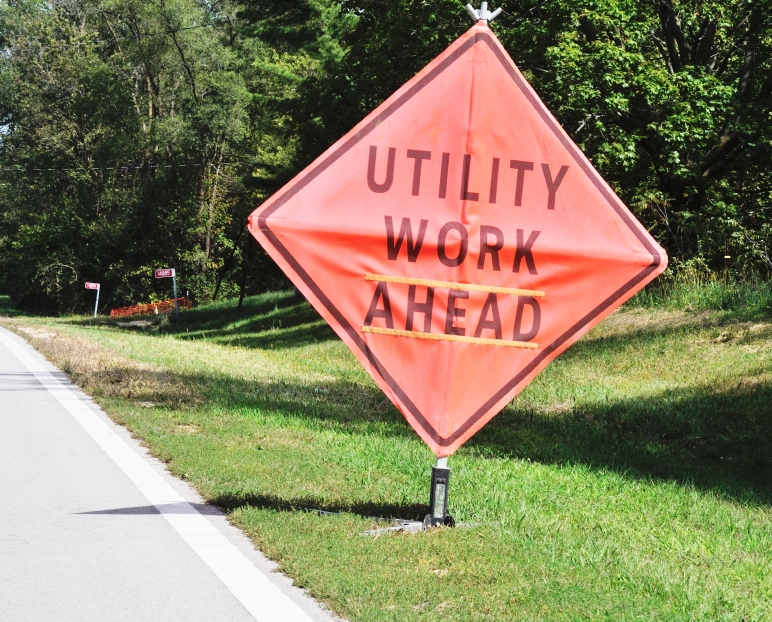Public Utilities - A Fundamental Overview

February 15, 2014 – PSPA Editorial Staff
Public Utilities
A public utility (usually just utility) is an organization that maintains the infrastructure for a public service (often also providing a service using that infrastructure). Public utilities are subject to forms of public control and regulation ranging from local community-based groups to statewide government monopolies.
The term utilities can also refer to the set of services provided by these organizations consumed by the public: electricity, natural gas, water, and sewage. Occasionally, telephone services may included within the definition.
Within the United States
In the United States, public utilities are often natural monopolies because the infrastructure required to produce and deliver a product such as electricity or water is very expensive to build and maintain. As a result, they are often government monopolies, or if privately owned, the sectors are specially regulated by a public utilities commission.
Developments in technology have eroded some of the natural monopoly aspects of traditional public utilities. For instance, electricity generation, electricity retailing, telecommunication, some types of public transit and postal services have become competitive in some countries and the trend towards liberalization, deregulation and privatization of public utilities is growing, but the network infrastructure used to distribute most utility products and services has remained largely monopolistic.
Public utilities can be privately owned or publicly owned. Publicly owned utilities include cooperative and municipal utilities. Municipal utilities may actually include territories outside of city limits or may not even serve the entire city. Cooperative utilities are owned by the customers they serve. They are usually found in rural areas. Private utilities, also called investor-owned utilities, are owned by investors.
Public utilities provide services at the consumer level, be it residential, commercial, or an industrial consumer. In turn, utilities and very large consumers buy and sell electricity at the wholesale level through a network of RTOs and ISOs within one of three grids, the eastern grid, Texas, which is a single ISO, and the western grid.






